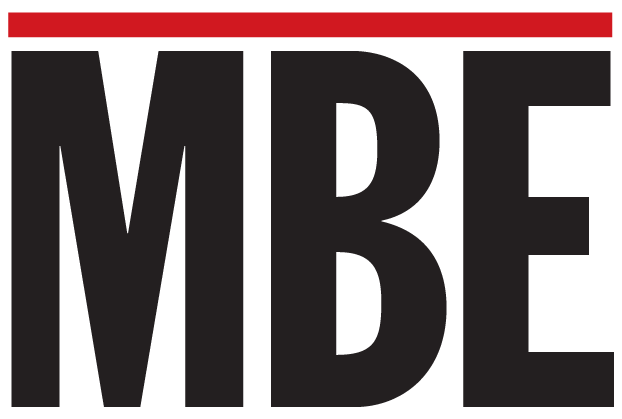
We’ve all heard the old adage, “If you fail to plan, you plan to fail” and when it comes to business, truer words have never been spoken. Simply put, the key to success is having a solid plan in place that will govern the efficiency, consistency, and growth of your business. Having a clear vision improves your chances of achieving every goal you seek to accomplish, and whether you’re a solopreneur, or a corporate agency, it is important to hold an annual planning meeting to clarify that vision and ensure that your work and efforts are aligned and executed with intention.
The great thing about annual planning is that doesn’t have to be tied to the calendar. While most would create and implement an annual plan at the top of the year, you can create one at any time to help your business stay on track over the next 12 months. However, if you’re not approaching your annual planning meeting, strategically, you are likely making mistakes that could hurt your bottom line.
Mistake #1: Not planning for the meeting at all.
Course Correction: Allocate focused time to plan. Block out at least two to three days on your calendar as planning days. Find a location outside of your office that allows you to focus or put a “Do Not Disturb” sign on your office door and really mean it.
Mistake #2: Not preparing for the meeting ahead of time.
Course Correction: Do your prep work. Create an agenda for efficient use of the team’s time and compile business data for team analysis. Update the plan from the current year and gather financials to share for objective evaluation of the year’s initiatives.
Mistake #3: Impromptu action.
Course Correction: Think strategically. Share your vision to ensure everyone on the team is working towards the same goals. Then take the time to focus on your long-term goals and strategy before getting into your execution planning.
Mistake #4: Only creating sales plans.
Course Correction: Build out a full business plan. Look beyond the product or services the company sells to develop a plan for conducting business at maximum efficiency, which includes hiring the best team, job roles, improved technology, enhanced processes, and more.
Mistake #5: Lack of reporting.
Course Correction: Periodically track your progress! Provide a way to track the progress of your plan throughout the year via quarterly, monthly, and weekly meetings.
By putting in a little extra work planning with strategy, you will ensure a positive, productive and collaborative effort for annual planning and execution throughout the year. Your top and bottom line will appreciate it!












